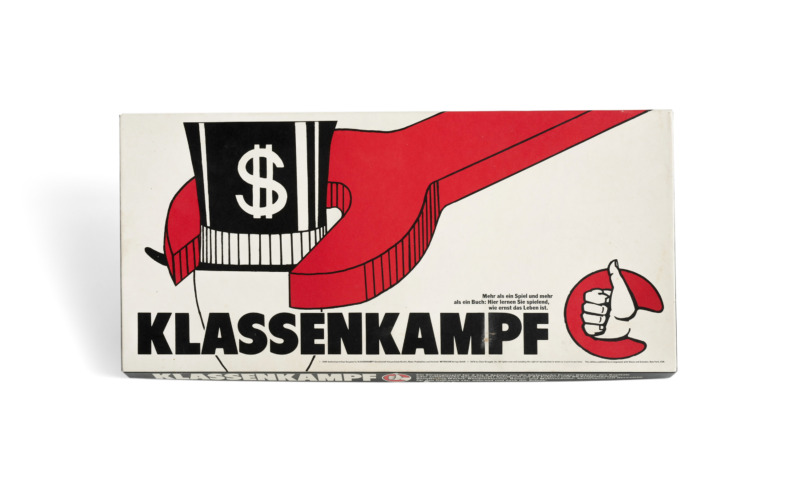At the beginning of the 20th century, Gustav Edmund Pazaurek, an early member of the Werkbund and curator, was very active against bad taste and, in the course of this, against certain forms of imitation.
He founded a Department of Errors in Taste at the Landesgewerbemuseum Stuttgart, which was to serve as an educational negative example for society. Among the error categories conceived by him are the so-called “construction errors”, under which he subsumed as a further subcategory “cheap originality – gross forgeries, unimaginative imitations of established designs and forms, cheap plagiarisms”.
Imitation as a cultural strategy can also be found beyond product design in a wide variety of contexts: from mimesis as the principle of artistic imitation to serial films and remakes, sampling as a process of contemporary music production, fashionable subcultures to the construction of gender-specific consciousness. Are imitations really “bad things” in the sense of Pazaurek’s error system?
Man is closest to the monkeys, and they are said to have a particularly developed imitation instinct. – The imitation can show very different forms and degrees, from the almost unconscious, shyly modified suggestion up to the shameless plagiarism, that is stolen from a model from A to Z and nevertheless impudently carries a new author’s name.
G. E. Pazaurek: Good and Bad Taste in Arts and Crafts. Stuttgart, Berlin 1912
This month we have decided to introduce a thing group of imitations. The formal language of the table lamps with their round top, cylindrical tube and spherical shade recalls the aesthetic line and a certain product from the context of the Bauhaus. The proportions and choice of materials, on the other hand, do not correspond to the original, but are more or less adapted to it: Is it glass or glassy plastic, a nickel-plated surface or chrome?
Original and plagiarism only exist in their mutual referential relationship: the greater the contrast, the more the characteristics of the original come to the fore as the “primary” and the “true”. While imitations can be, on the one hand, aesthetic variations or potential further developments of an idea or a thing, they are, on the other hand, also perceived as a threat to the original design. In the field of design as well, the rights of authors are protected by patent laws. Particularly in the age of machine reproducibility, originals or licensed products must be identified by appropriate numbering and stamps.
But how does trash differ from treasure, fake from original, plagiarism from licensed products? In the Long Night of Museums on 31 August 2019, art historian Dr. Heide Rezepa-Zabel examines these questions about values and valences in the Werkbundarchiv – Museum der Dinge using, amongst others, the example of the Bauhaus lamp.

